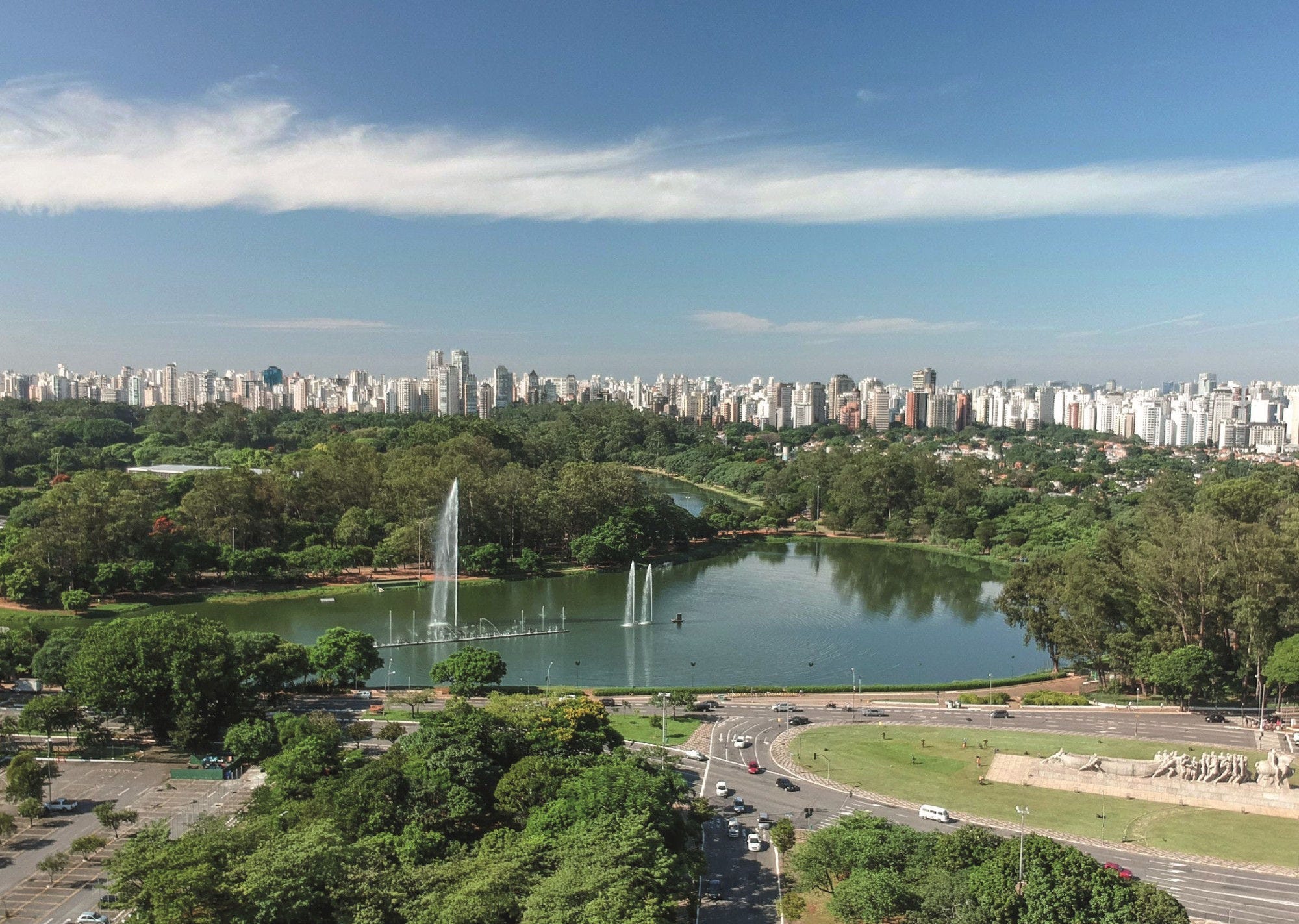The representation of young people in politics is key to strengthening their democratic engagement and encouraging whole-of-society buy-in to tackle common challenges. Having younger decision makers in parliament, as well as in other public roles more broadly, contributes to developing inclusive policies that consider and promote the interests and needs of younger generations. Younger decision makers can have unique perspectives, skills, experiences and innovative outlooks on problems that can be sometimes overlooked by older politicians. Age diversity among decision makers can also improve civic engagement and political participation among young people, which is crucial since they tend to vote less than older age groups (OECD, 2020). When young people participate in the political process, they can wield significant influence over election outcomes and, consequently, the policies that shape their country’s present and future.
On average, 27% of parliamentarians in Latin American and Caribbean (LAC) countries are young (aged 40 and under); however, this share varies widely both across countries and within countries over time. Bolivia has the largest share of young members of parliament (MPs), accounting for 42% of representatives in 2023. In some countries, they make up only 5-15% of parliamentarians, while in the majority of LAC countries, representatives aged 40 or below account for between 24% and 37% of parliamentarians. Between 2019 and 2023, the average share of young members in the LAC region increased from 23% to 27%, in contrast to the OECD average which remained stable at 23% over the same period. Some countries, such as Bolivia, Suriname, and Trinidad and Tobago, have seen increases of at least 15 percentage points (p.p.) in the share of young MPs (Figure 12.11).
The average age of parliamentarians in LAC countries is 49 years old, but it can be much higher. In contrast, MPs in Bolivia and Colombia are on average 44 years old. There are a few very young MPs, and almost all LAC countries have at least one who is under the age of 30. The youngest is 19 years old and serves in Guatemala’s parliament while the youngest members in the Bahamas, Bolivia, Brazil and Mexico are all 22 years old. However, these young parliamentarians are the exception (Figure 12.12).
Even though it is not strictly necessary for the age distribution of parliamentarians to reflect the population they represent, representation gaps may have an impact on how likely young people are to engage in politics. In LAC countries, 20-39 year-olds represent 48% of the voting age population, but only 27% of MPs, a representation gap of 21 p.p. There are differences across countries, with some countries having representation gaps over 40 p.p., while the proportion of young people in parliament closely approaches their share of the actual population in Chile (a gap of 10 p.p.), Suriname (10 p.p.) and Uruguay (8 p.p.) (Figure 12.13). In regions such as LAC, where the population is very diverse even within a country – and especially in countries with indigenous population such as Brazil and Mexico – it is important that the parliament is also representative of young voices from different groups and regions (OECD, 2022).



